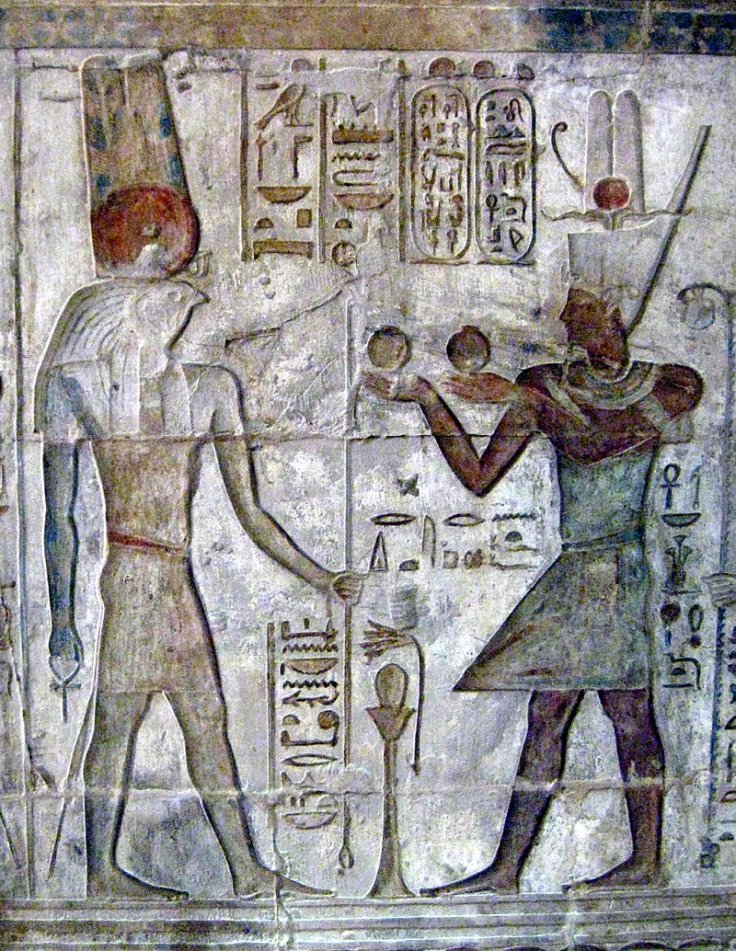
The Egyptian soil has witnessed many unforgettable events during an ancient time when it was more than a tourist destination. Archaeologists believe that the land of pharaohs is still hiding many stories which are yet to be unveiled. But recently researchers found a long lost temple belonging to a pharaoh in Sohag.
The newly excavated temple belongs to the fourth pharaoh of Ptolemaic Egypt (221 – 204 BC), Ptolemy IV, the successor and son of Ptolemy III Euergetes during whose reign Egypt lost most of the stability as well as influence it had achieved under the first three Macedonian pharaohs.
As per the Egyptian Ministry of Antiquities, this ancient temple was discovered while drilling for a sewage drainage project in Kom Shakau village in Tama township in northern Sohag, Egypt.
Mostafa Waziri, the Secretary-general of the Supreme Council of Antiquities (SCA) said on Sunday that the work at the drilling site was suspended and an archaeological team has been assigned to recover the ruins of Ptolemaic temple.
The remains of this ancient temple include its walls with engravings and inscriptions carrying the name of the pharaoh Ptolemy IV, as well as the limestone walls and floors.
Ptolemy IV took the throne in about 222 BC. Before the crowning, he took the Egyptian name Iwaennetjerwymenkhwy Setepptah Userkare Sekhemankhamun, which means "Heir of the [two] Beneficent Gods, Chosen of Ptah, Mighty Ka of Ra, Living Image of Amun". He was also called Ptolemy IV Philopator, which means "the man who loves his father."
Earlier during an excavation by Mattingly at a fortress close to Port Dunford in 1930, researchers found a number of Ptolemaic coins, which included 17 copper mints from the reigns of Ptolemy III, Ptolemy IV and Ptolemy V.









